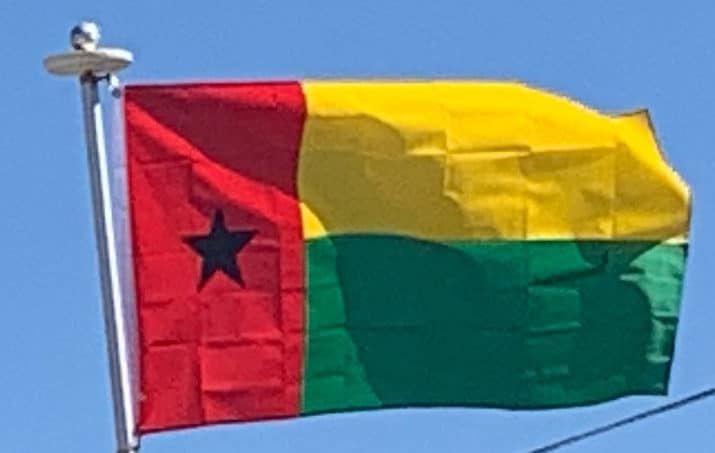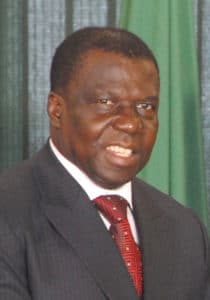
Vieira beat Malam Bacai Sanhá in a run-off election. Sanhá initially refused to concede, claiming that tampering and electoral fraud occurred in two constituencies including the capital, Bissau.
Despite reports of arms entering the country prior to the election and some “disturbances during campaigning”, including attacks on government offices by unidentified gunmen, foreign election monitors described the 2005 election overall as “calm and organized”.
Three years later, PAIGC won a strong parliamentary majority, with 67 of 100 seats, in the parliamentary election held in November 2008. In November 2008, President Vieira’s official residence was attacked by members of the armed forces, killing a guard but leaving the president unharmed.
On 2 March 2009, however, Vieira was assassinated by what preliminary reports indicated to be a group of soldiers avenging the death of the head of joint chiefs of staff, General Batista Tagme Na Wai, who had been killed in an explosion the day before. Vieira’s death did not trigger widespread violence, but there were signs of turmoil in the country, according to the advocacy group Swisspeace. Military leaders in the country pledged to respect the constitutional order of succession. National Assembly Speaker Raimundo Pereira was appointed as an interim president until a nationwide election on 28 June 2009. It was won by Malam Bacai Sanhá of the PAIGC, against Kumba Ialá as the presidential candidate of the PRS.
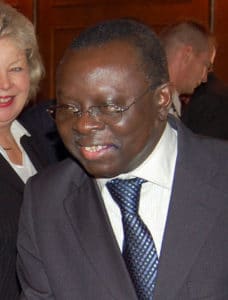
On 9 January 2012, President Sanhá died of complications from diabetes, and Pereira was again appointed as an interim president. On the evening of 12 April 2012, members of the country’s military staged a coup d’état and arrested the interim president and a leading presidential candidate. Former vice chief of staff, General Mamadu Ture Kuruma, assumed control of the country in the transitional period and started negotiations with opposition parties.
Geography:
Guinea-Bissau is bordered by Senegal to the north and Guinea to the south and east, with the Atlantic Ocean to its west.
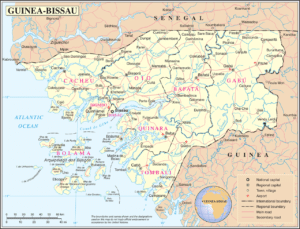
At 36,125 square kilometres (13,948 sq mi), the country is larger in size than Taiwan or Belgium. The highest point is 300 metres (984 ft). Its terrain is mostly low coastal plains with swamps of the Guinean mangroves rising to the Guinean forest-savanna mosaic in the east. Its monsoon-like rainy season alternates with periods of hot, dry harmattan winds blowing from the Sahara. The Bijagos Archipelago lies off of the mainland.
Economy:
Guinea-Bissau’s GDP per capita is one of the lowest in the world, and its Human Development Index is one of the lowest on earth. More than two-thirds of the population lives below the poverty line. The economy depends mainly on agriculture; fish, cashew nuts, and ground nuts are its major exports.
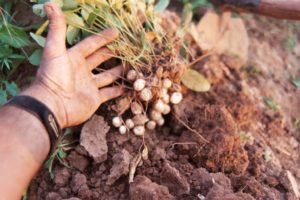
A long period of political instability has resulted in depressed economic activity, deteriorating social conditions, and increased macroeconomic imbalances. It takes longer on average to register a new business in Guinea-Bissau (233 days or about 33 weeks) than in any other country in the world except Suriname.
